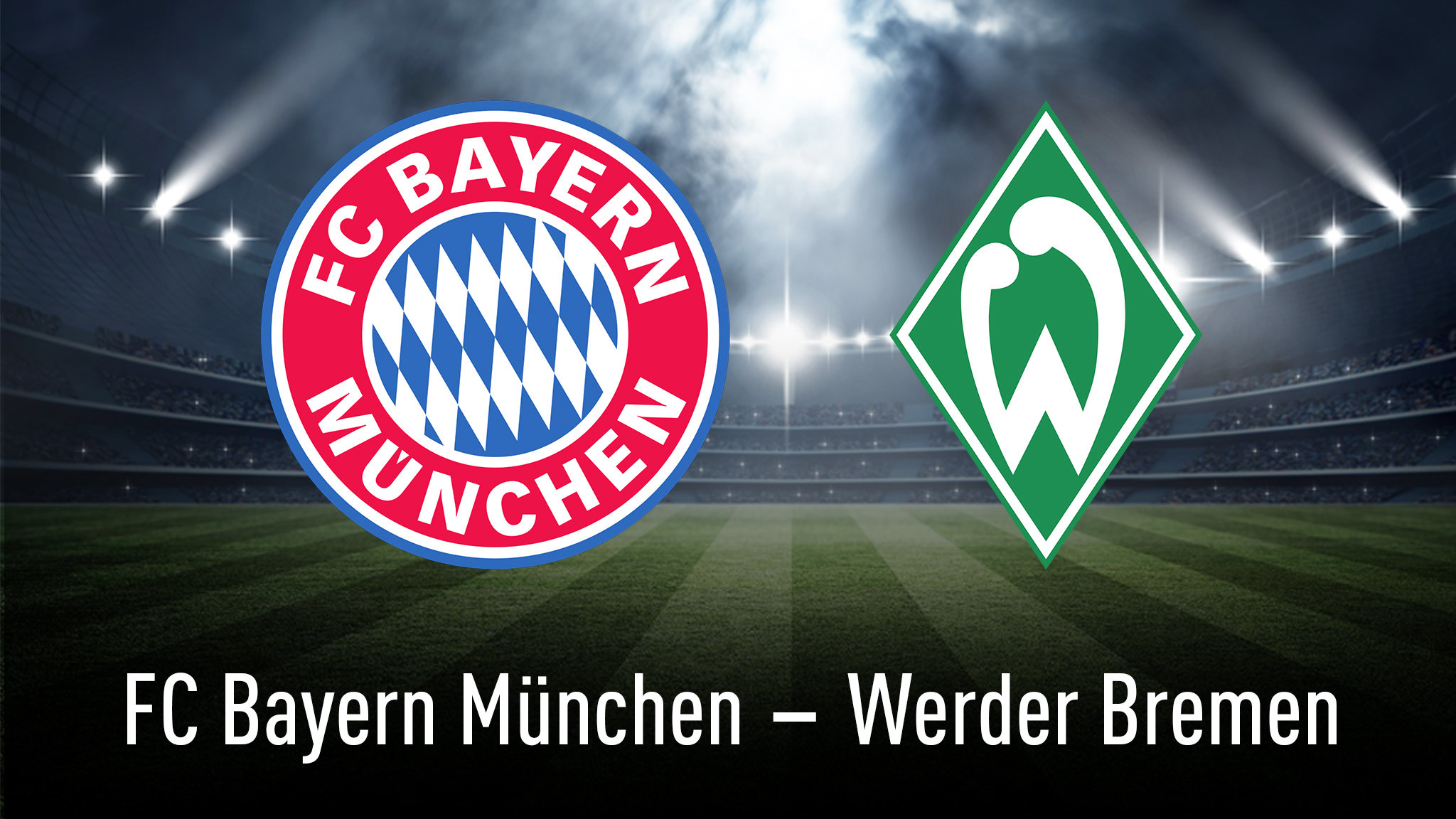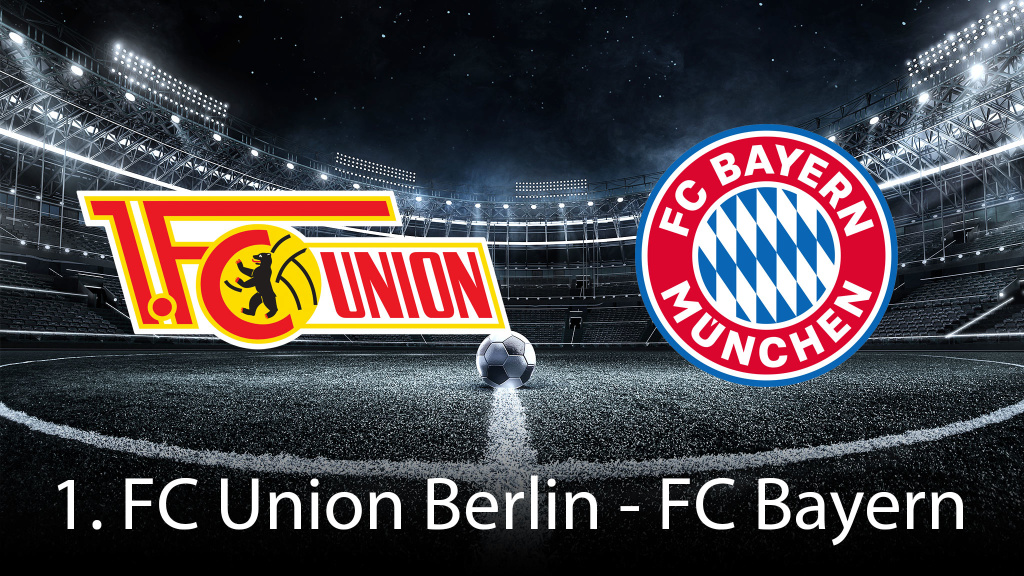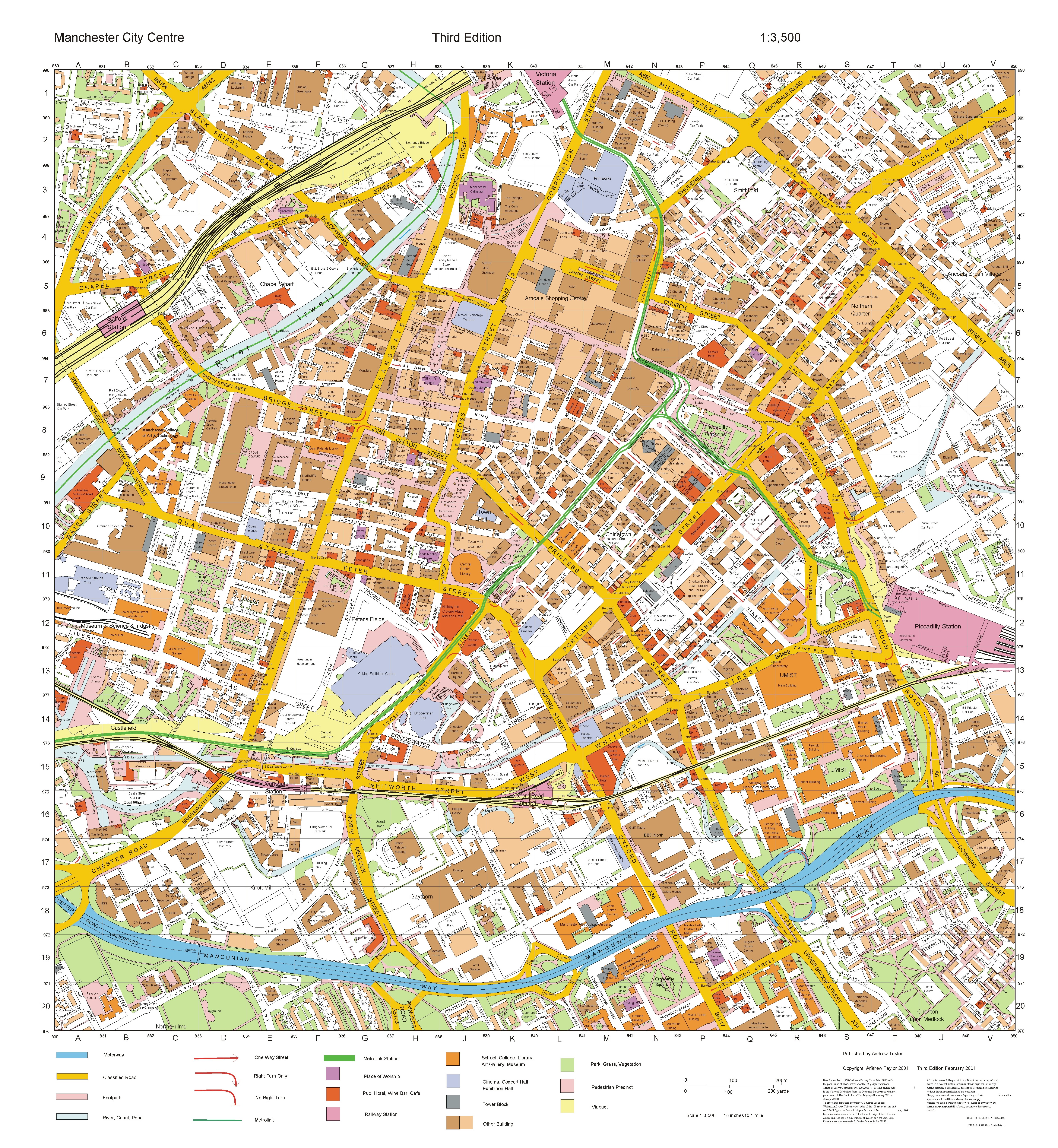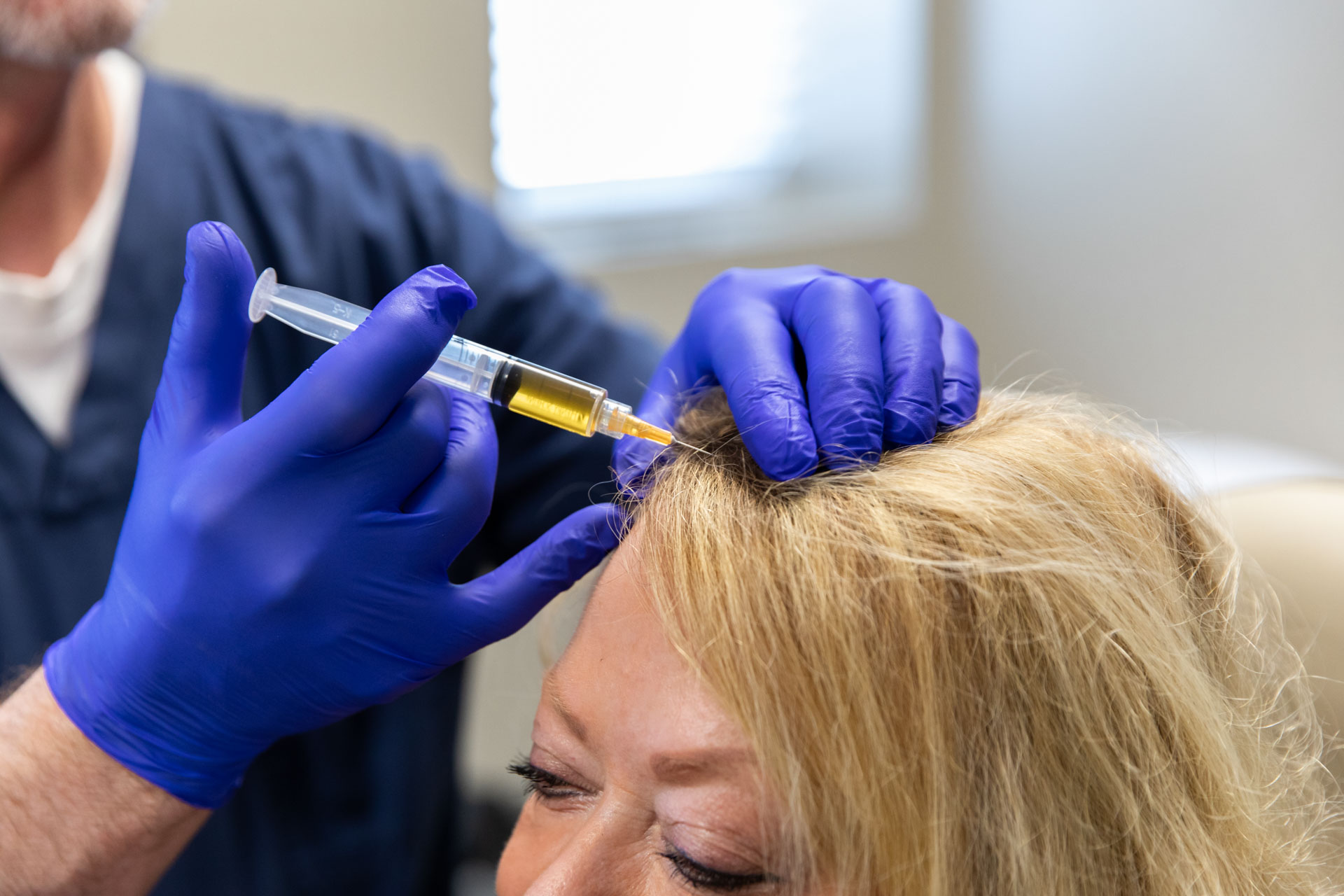Table of Content
By the 16th century Frankfurt had developed into an important European hub for trade fairs and financial services. The most important stock market index is the DAX, the index of the 30 largest German business companies listed at the stock exchange. The stock exchange is owned and operated by Deutsche Börse, which is itself listed in the DAX. Deutsche Börse also owns the European futures exchange Eurex and clearing company Clearstream. Trading takes place exclusively via the Xetra trading system, with redundant floor brokers taking on the role of market-makers on the new platform.
The minimum service interval is 2.5 minutes, although the usual pattern is that each line runs at 7.5- to 10-minute intervals, which produce between 3- and 5-minute intervals on downtown tracks shared by more than one line. Central and Eastern European Online Library – CEEOL is an online archive providing access to full-text articles from humanities and social science scholarly journals on Central, Eastern and South-Eastern European topics. Subject areas include anthropology, culture and society, economy, gender studies, history, Judaic studies, fine arts, literature, linguistics, political sciences and social sciences, philosophy and religion. Instituto Cervantes – Named after Miguel de Cervantes, one of the most important Spanish authors, this is the world's largest organization for promoting the study and teaching of Spanish language and culture. 54 such Centros Cervantes across the world offer Spanish language and history courses. The Frankfurt branch was officially opened in September 2008 by Felipe, Prince of Asturias and his wife Letizia, Princess of Asturias.
Schools
Among financial hubs it was ranked eighth by the International Financial Centers Development Index 2013 and ninth in the 2013 Global Financial Centres Index. In 2010, 63 national and 152 international banks had their registered offices in Frankfurt, including Germany's major banks, notably Deutsche Bank, DZ Bank, KfW and Commerzbank, as well as 41 representative offices of international banks. Frankfurt is culturally, ethnically and religiously diverse, with half of its population, and a majority of its young people, having a migrant background.
This would have made Frankfurt officially the second-largest city in Germany after Berlin with up to 3 million inhabitants. However, because local authorities did not agree, the administrative territory is still much smaller than its actual urban area. Bornheim was part of an administrative district called Landkreis Frankfurt, before becoming part of the city on 1 January 1877, followed by Bockenheim on 1 April 1895. The Landkreis Frankfurt was finally dispersed on 1 April 1910, and therefore Berkersheim, Bonames, Eckenheim, Eschersheim, Ginnheim, Hausen, Heddernheim, Niederursel, Praunheim, Preungesheim and Rödelheim joined the city. In the same year a new city district, Riederwald, was created on territory that had formerly belonged to Seckbach and Ostend. Postwar reconstruction took place in a sometimes simple modern style, thus changing Frankfurt's architectural face.
Federal Financial Supervisory Authority
Wallanlagen – The Wallanlagen relate to the former ring-shaped city wall fortifications around the Altstadt and the Innenstadt district (abolished 1804–1812), now a series of parks. Building is not allowed, with a few exceptions, the most famous being the Alte Oper at the Opernplatz. The part between the northern Main riverbank and the Opernplatz, referred to officially as Taunusanlage and Gallusanlage, is locally known as "Central Park" , because of the skyscrapers which stand on both sides. Frankfurter Grüngürtel – The Green Belt is a ring-shaped public green space around the city.

Despite the name, Frankfurt Hahn Airport (Flughafen Frankfurt-Hahn) is located far outside the Frankfurt Metro Area, approximately 120 km to the west in Lautzenhausen (Rhineland-Palatinate). Darmstadt was chartered as a city by the Holy Roman Emperor Ludwig the Bavarian in 1330, at which time it belonged to the counts of Katzenelnbogen. The city, then called Darmstait, became a secondary residence for the counts, with a small castle established at the site of the current, much larger edifice. Frankfurt schools rank among the best-equipped schools nationwide for the availability of PCs and other media facilities. In order to assure maintenance and support of the school PCs, the city in cooperation with the University of Applied Sciences launched the project Fraline – IT-Schul-Service, an initiative employing students to provide basic school IT-support.
Sights in the Frankfurt Rhein-Main-Area
A few landmark buildings were reconstructed historically, albeit in a simplified manner (e.g., Römer, St. Paul's Church, and Goethe House). The collection of historically significant Cairo Genizah documents of the Municipal Library was destroyed by the bombing. Goitein, "not even handlists indicating its contents have survived." After the end of the war, Frankfurt became a part of the newly founded state of Hesse, consisting of the old Hesse- and the Prussian Hesse provinces.

Other major German banks include Frankfurter Volksbank, the second-largest Volksbank in Germany, Frankfurter Sparkasse and old-established private banks such as Bankhaus Metzler, Hauck & Aufhäuser and Delbrück Bethmann Maffei. In 2009, Commerzbank merged with competitor Dresdner Bank, then the third-largest German bank. Due to the merger and the higher credit risks, Commerzbank was 25% nationalized during the Great Recession.
Immigration and foreign nationals
The third terminal will increase the capacity of the airport to over 90 million passengers per year. Handkäs mit Musik – German regional sour milk cheese and a culinary specialty in the Rhine Main Region. When it is topped with chopped onions it becomes "Handkäs mit Musik" because the onions are supposed to stimulate flatulence. Grüne Soße – Green sauce is a sauce made with hard-boiled eggs, oil, vinegar, salt and a generous amount of seven fresh herbs, namely borage, sorrel, garden cress, chervil, chives, parsley and salad burnet. Variants, often due to seasonal availability include dill, lovage, lemon balm and spinach. Original green sauce Frankfurt-style is made of herbs that were gathered only on fields within the city limits.

Its headquarters are located at Taunusanlage in the financial district. The Luisenplatz, the central square of the city, forms the centre of the city and is the main public transport hub. In 1844 the Ludwigsäule , a 33-metre column commemorating Ludwig I, first Grand Duke of Hesse, was placed in the middle of the square. While the column still stands, the square is today surrounded by mostly modern buildings.
With total assets of €507 billion , it is Germany's third-largest bank. The KfW headquarters are located in the Westend district at Bockenheimer Landstraße and Senckenberganlage. The city is expected to benefit from international banks relocating jobs from London to Frankfurt as a result of Brexit to retain access to the EU market. Thus far, Morgan Stanley, Citigroup Inc., Standard Chartered Plc and Nomura Holdings Inc. announced they would move their EU headquarters to Frankfurt.

It is one of Germany's largest with over 90 companies from the pharmaceutical, the chemical and the biotechnology industry, including Celanese, Clariant, BASF, Merck KGaA and Siemens. At the beginning of the 1980s Hoechst AG was the largest pharmaceutical corporation and Industriepark Höchst was known as "the pharmacy of the world". Hoechst AG merged with Rhône-Poulenc to become Aventis in 1999 and in 2004 Aventis merged with Sanofi-Synthélabo to become Sanofi-Aventis. In 2011, Ticona now part of Celanese, an international manufacturer of engineering polymers, moved to Industriepark Höchst. Landesbank Hessen-Thüringen – Landesbank Hessen-Thüringen, or short Helaba, is a commercial bank owned by the states of Hesse and Thuringia . Helaba is one of nine Landesbanken and is the fifth-largest in Germany.
It is traditionally served in a glass, typically decorated with lozenges, called "Geripptes", a full glass is then called "Schoppen". Apfelwein is also available in a stoneware jar locally known as "Bembel". Apfelwein can be ordered as "sauergespritzer", which is apfelwein blended with 30% mineral water or as "süssgespritzer", which is Apfelwein blended with lemon soda, orange soda or fresh-pressed apple juice . Most of the pubs which serve Apfelwein are located in Sachsenhausen, which is therefore known as "Ebbelwoi district". Due to its national drink Frankfurt is sometimes called "Big Ebbel" , an homage to Big Apple, the famous nickname of New York City.

Die Schmiere – The Grease is a cabaret and Frankfurt's oldest privately owned theater. According to its own advertising, it is the worst theater in the world. Künstlerhaus Mousonturm – House of Artists Mouson Tower has a smaller budget than traditional theaters and uses more unconventional performing methods. Braubachstraße – In the Altstadt district, close to the historic sites of the city, offers a large variety of art galleries, second-hand bookshops and antique shops. Freßgass – (officially Kalbächer Gasse and Große Bockenheimer Straße) is a central pedestrian-only street section between Börsenstraße and Opernplatz.
For centuries, St. Bartholomeus's Cathedral was the tallest structure. The first building to exceed the 95-meter-high cathedral was not an office building but a grain silo, the 120 m-high Henninger Turm, built from 1959 to 1961. Bayer-Haus, built 1952, another example of early post-World War II architecture. DE-CIX – Frankfurt is an important location for electronic communication, especially the Internet. It is home to DE-CIX, the world's largest internet exchange point.

No comments:
Post a Comment